
verb tenses affirmative negative interrogative learning English grammar Learning English
Verb tenses include different forms of the past, present, and future. The term "mood" refers, generally, to the attitude of the speaker toward his subject. The different moods include the indicative, the subjunctive (rare in English), the conditional, and the imperative. We can classify the English Verb tenses in the past, present , and future.

Present Indefinite Tense Rules Tenses rules, Simple present tense, Tenses
Learning verb tenses affirmative negative and interrogative English grammar Verb tenses affirmative negative interrogative English grammar lesson. This lesson is a cheat sheet to help you understand a lot of the grammar tenses and how to use in simple sentences. The first part of the lesson explains what affirmative (positive) negative.

Contoh Simple Past Tense Positive Negative Interrogative
Use present continuous tense: We are eating out tonight. Signal words indicating future tense are: tomorrow, tomorrow afternoon, tomorrow evening, next week, next month, next Saturday, tonight. Exercise: Choose the correct form of the verb tense to complete the following sentences. Exercise: Rewrite the following sentences in interrogative form.
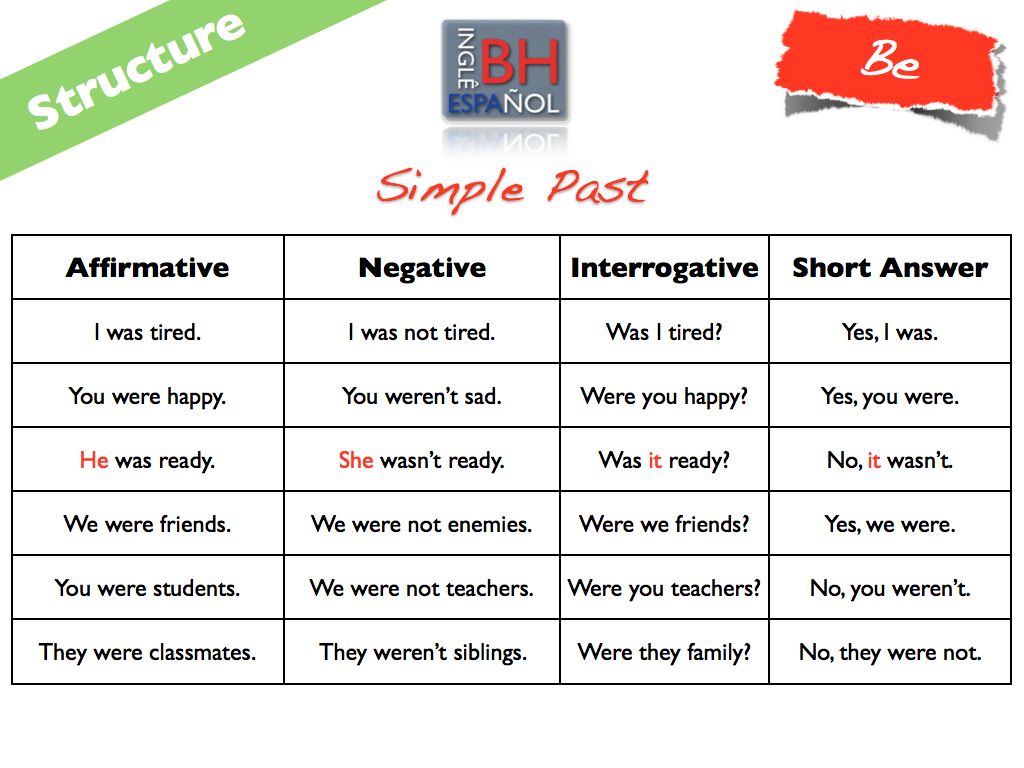
English Grammar 12 Tense Rules, Formula Chart With
This tense generally indicates an action that started in the past and is continuing at the present time. Eg- He has been sleeping for an hour. RULES: AFFIRMATIVE - Subject +has/have + been + Ist form of Verb + ing + Object + for/since + period/time. NEGATIVE - Subject +has/have + not been + Ist form of Verb + ing + Object + for/since.
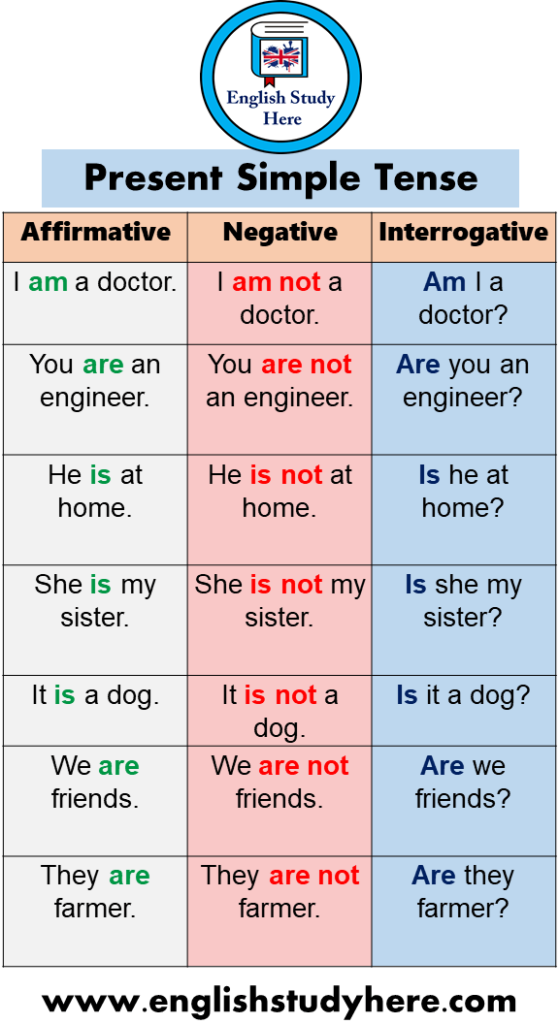
21 Present Simple Tense Examples, Affirmative, Negative, Interrogative English Study Here
Type Here to Get Search Results ! मुख्यपृष्ठ
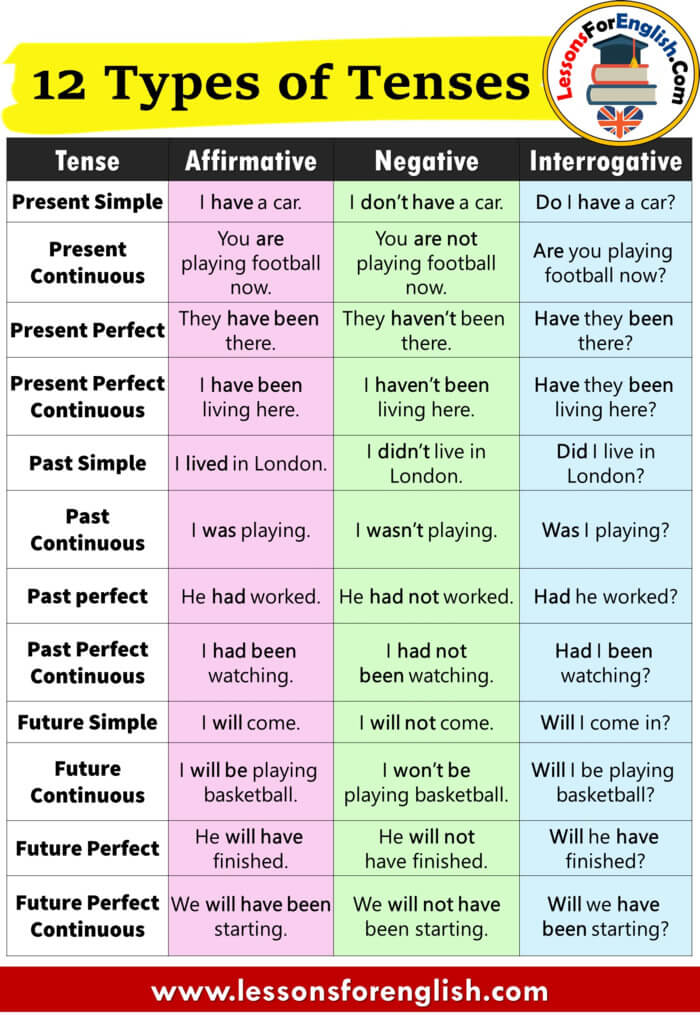
12 Types of Tenses, Affirmative, Negative and Question Forms Lessons For English
However, there are other sentence structures such as negative and interrogative. Below is a general chart of how the structure appears when using the future tense format across the 4 types. Chart of Future Tense Forms in Negative and Interrogative Sentences

chart of tense rules, examples Tenses rules, English phrases idioms, Learn english words
Answers. True: All tenses in English have an auxiliary verb. However, auxiliary verbs are dropped in the positive form of the present simple and past simple. False: Drop auxiliary verbs in present simple and past simple positive sentences. False: Continuous tenses focus on actions happening at a specific moment in time.
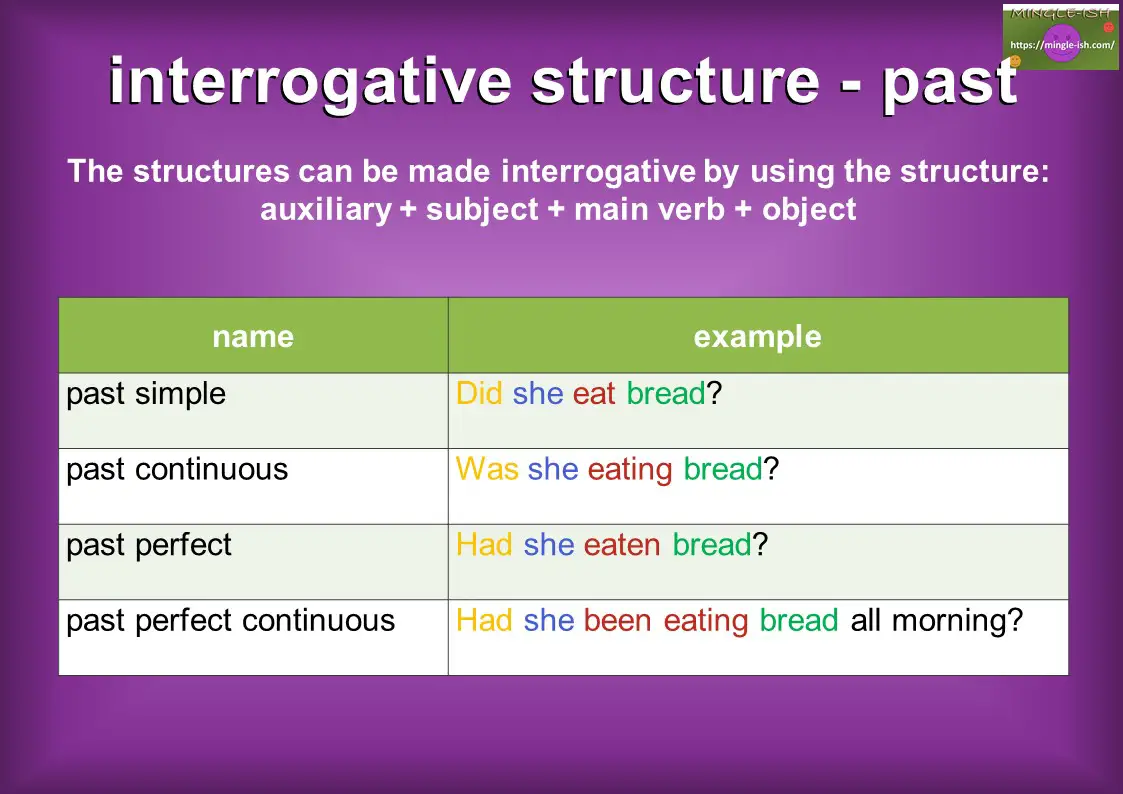
Tense structures in English past, present and future Mingleish
Each tense structure chart will allow you to create or derive your own tense rules chart to create a customized reference for your English language learning. We've included all tenses so you can glean a formula of tenses in their negative verb form, interrogative verb form, and sentences with question words. Study the verb forms for each verb.

Future Simple Tense Positive, Negative and Question Forms English Grammar Here English
Chart containing English verb tenses, with their corresponding affirmative,negative and interrogative forms, examples, as well as an explanation of their main uses and time expressions. 1) Present simple 2) Present continuous 3) Past simple 4) Past continuous 5) Present perfect simple 6) Present perfect continuous 7) Past perfect simple 8) Past perfect continuous 9) Future simple 10) Be going.

12 Tenses formula with Example in english English grammar tenses, English grammar, Tenses grammar
Formula for Affirmative/Positive Sentences. Subject + Verb in the base form + -s/es (if singular) + the rest of the sentence. Affirmative/Positive Sentence Examples: The car swerves across multiple lanes. The sisters water the plants two times a day. Ishani dreams of having a tiny house on a farm.

This summary includes charts to explain the affirmative, negative, interrogative and shor
All Tenses in English, Positive Sentences, Negative Sentences and Question Sentences Present Simple Tense Positive Sentences - Subject + V1 My mother lets me go out with my friends. I prefer my coffee black. She puts the keys on the table. Negative Sentences - Subject + do/does not + V1 My mother doesnot (doesn't) let me go out with my friends. I do not (don't)prefer my coffee black.
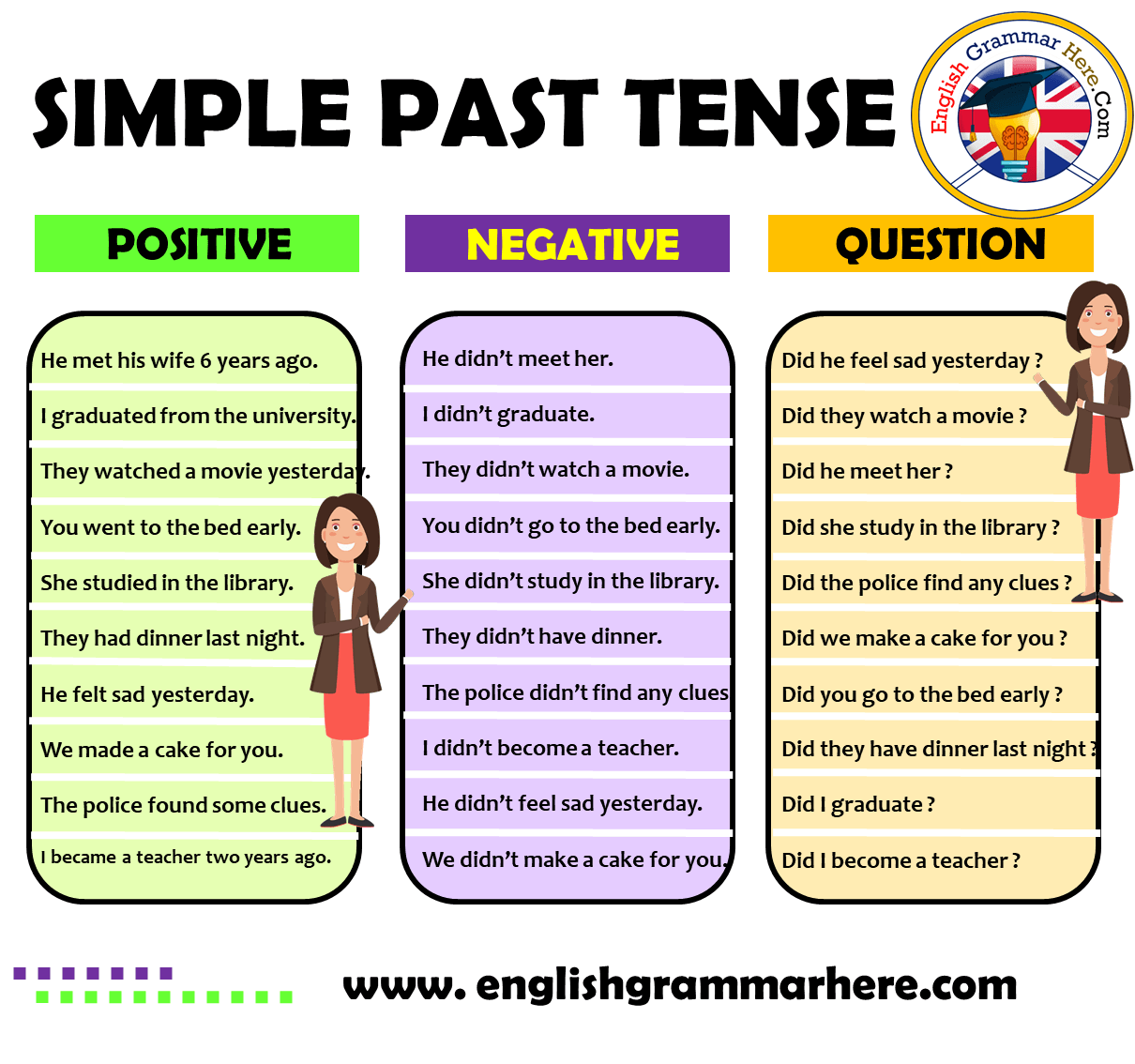
Past Tense Negative And Interrogative mascotas
Verbs in English come in three main categories: the affirmative, the negative, and the interrogative. The affirmative = asserting that something is true or valid. The negative = a reply denying something. The interrogative = asking a question. Here's an overview of how each category is structured for most verb tenses in the English language.
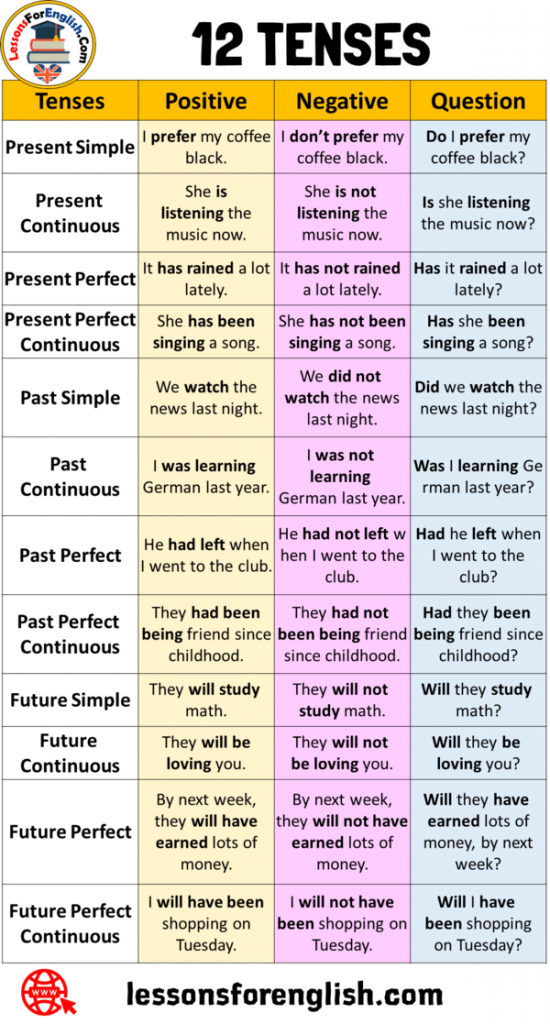
12 TENSES, Negative Positive Question Sentences Examples Lessons For English
This overview chart shows the positive, negative and interrogative (question) forms of all the principal tenses in English with a brief description of the principal usage. The timeline tenses chart provides a handy visual reference sheet to English tenses and their relationship to the past, present and future. Included you will find active.

Present Simple Tense Affirmative, Negative, Interrogative English grammar, English
"Chart Of Tenses with rules and Examples" All Tenses Rules, Example Affirmative, Negative, Interrogative, Wh-Question With Example So Easy To Understand, 16 tenses Present simple tense, past simple tense, future simple tense, present continues tense, past continues tense, future continues tense, present perfect tense, past perfect tense, future.

English Tenses List, Positive, Negative and Question Forms, 12 Tenses Formula With Exa… Easy
Here are the English tenses in the tables to learn and compare. Affirmative, negative and interrogative forms are displayed in the charts. You can find the formulas of the English tenses in the tables below.
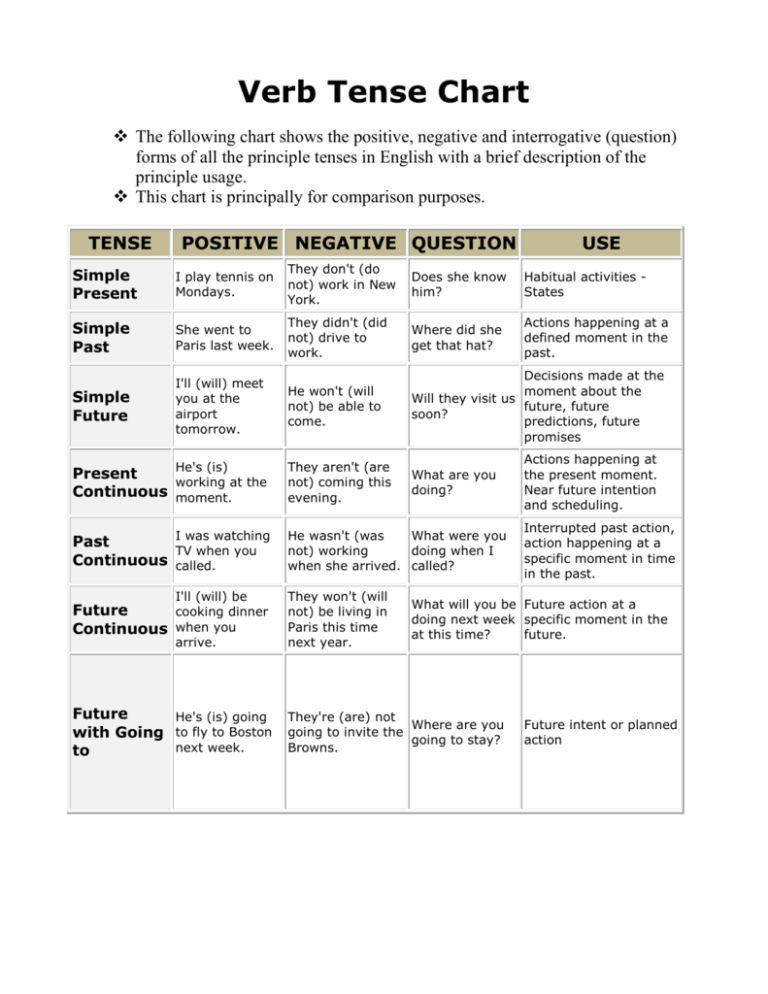
Verb Tense Chart
12 Tenses Chart with Examples, Rules, and Structures! English tenses can be tricky to understand, especially when you are first starting out.. Negative and Interrogative Sentences. To make a sentence negative in the present continuous tense, you need to add the word "not" after the auxiliary verb. Structure (-):.